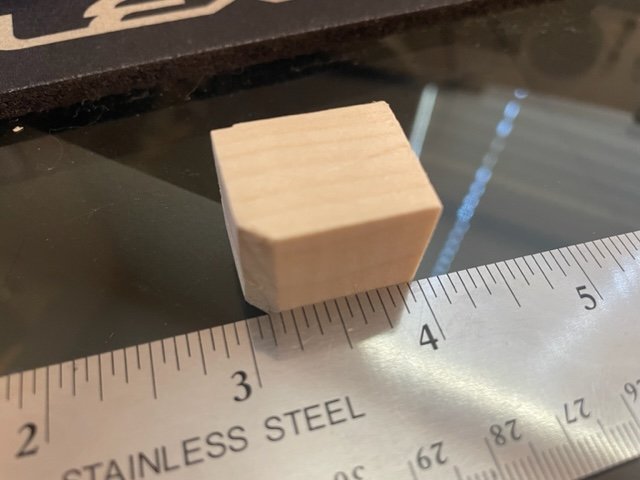I've been looking into EMF/EMI shielding paint for grounding boxes. The one linked earlier was a bit pricey. Here is the best deal I've found so far, Stewart Macdonald Conductive Shielding Paint. It's the same as an Amazon listing that was one of the highest reviewed in its class, but at an even better sale for the next 3 days. We'll just need to see about shipping because the former offer was free. Looks also like much better value than many of the others that were incredibly small quantities like 1/2 ounce versus this at 8 oz. Anyone tried this type before?
https://www.stewmac.com/electronics/shielding/conductive-shielding-paint
Interestingly one of the comments on this paint solution in general is that it works "almost as good as copper foil tape", at least regarding guitars. I've already had a go at partial shielding boxes with copper foil. Maybe I should do one or more entire boxes (all sides) with copper foil first to see if that may be even better. Anyone tried that?
Another option - Faraday shielding fabric. eBay for instance has a great variety. And as a plus, these are not permanent... Maybe we'll start a "ground box shielding rolling" thread, LOL!
 https://www.ebay.com/sch/i.html?_nkw=EMF+shielding+fabric&_trksid=p4432023.m4084.l1313
https://www.ebay.com/sch/i.html?_nkw=EMF+shielding+fabric&_trksid=p4432023.m4084.l1313













![20250330_151452[1].jpg](https://cdn.head-fi.org/a/12709517_thumb.jpg)
![20250330_151553[1].jpg](https://cdn.head-fi.org/a/12709515_thumb.jpg)
![20250427_185006[1].jpg](https://cdn.head-fi.org/a/12709514_thumb.jpg)
![20250330_151524[1].jpg](https://cdn.head-fi.org/a/12709516_thumb.jpg)



















